Introduction
The winter solstice, marked by the La Ba Festival in China, is a time of celebration and tradition. Among the various customs associated with this festive period, pickling La Ba garlic stands out as a unique culinary practice that not only preserves the garlic but also enhances its flavor, making it a delightful addition to winter dishes. La Ba garlic, pickled during the eighth day of the twelfth lunar month, acquires a unique sweetness and tanginess that sets it apart from regular pickled garlic. This article delves into the art of pickling La Ba garlic, exploring traditional techniques, secrets, and tips to ensure a successful batch.
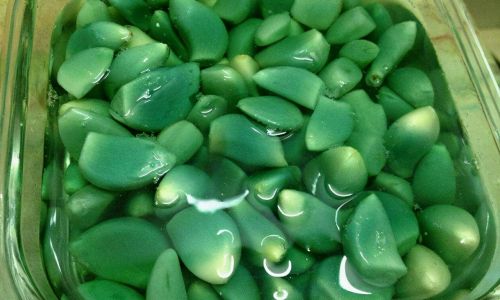
Understanding La Ba Garlic
Before diving into the pickling process, it’s crucial to understand the significance and characteristics of La Ba garlic. Unlike regular garlic, La Ba garlic is specifically chosen for its size, firmness, and freshness. The garlic bulbs should be plump, with tightly packed cloves and a fresh, crisp texture. The timing of pickling is also crucial; it should ideally take place during the La Ba period, which corresponds to the coldest days of winter. This cold weather is believed to contribute to the garlic’s unique flavor development during the pickling process.
Preparing the Garlic
-
Selection and Cleaning:
Begin by selecting high-quality garlic bulbs. Avoid bulbs with soft spots, mold, or discoloration. Carefully peel away the outer layers of the bulb, ensuring that the individual cloves remain intact. Rinse the cloves under cold running water to remove any dirt or debris. Pat them dry using a clean kitchen towel or paper towels. -
Peeling Techniques:
Peeling garlic can be a tedious task, but there are a few techniques that can make it more manageable. One method is to place the cloves in a sealed container and shake vigorously. The friction created will help loosen the skin. Alternatively, you can use a garlic peeler tool or simply crush the cloves lightly with the side of a knife before peeling. -
Inspecting for Quality:
Once peeled, inspect each clove carefully. Discard any that are damaged, discolored, or have soft spots. Only use the freshest, firmest cloves for pickling.
Choosing the Right Ingredients
The success of pickled La Ba garlic largely depends on the quality and combination of ingredients used. Here are the essentials:
-
Vinegar:
Use a high-quality vinegar with a balanced acidity level. Rice vinegar, apple cider vinegar, or white wine vinegar are all good choices. Avoid using distilled white vinegar, as it can be too harsh and overpowering. -
Sugar:
Sugar not only balances the acidity of the vinegar but also adds a touch of sweetness to the pickled garlic. Granulated sugar, honey, or maple syrup can be used, depending on your preference. -
Salt:
A pinch of salt is essential for enhancing flavor and preserving the garlic. Use kosher or sea salt for the best results. -
Spices and Herbs:
Adding spices and herbs can elevate the flavor of the pickled garlic. Popular choices include star anise, cinnamon sticks, cloves, and bay leaves. Fresh herbs like thyme or rosemary can also be used. -
Optional Additions:
For an extra layer of flavor, consider adding ingredients like chili flakes, ginger slices, or garlic scapes. These additions can provide a spicy, aromatic, or earthy note to the pickled garlic.
The Pickling Process
Now that you have all the ingredients prepared, it’s time to start the pickling process. Here’s a step-by-step guide:
-
Preparing the Jar:
Choose a clean, glass jar with a tight-fitting lid. Ensure that the jar is large enough to comfortably hold all the garlic cloves and the pickling liquid. Sterilize the jar by rinsing it with hot water and allowing it to air dry, or you can run it through the dishwasher.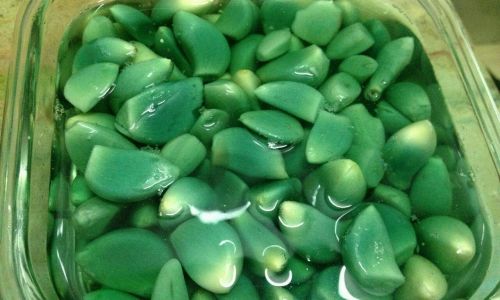
-
Making the Pickling Liquid:
In a saucepan, combine the vinegar, sugar, salt, and any spices or herbs you’ve chosen. Heat the mixture over medium heat, stirring occasionally, until the sugar and salt have fully dissolved. Do not allow the mixture to boil. Once dissolved, remove it from the heat and let it cool slightly. -
Packing the Garlic:
Pack the peeled garlic cloves tightly into the prepared jar. It’s okay to pack them in tightly, as the vinegar will expand as it cools and help to preserve the garlic. -
Pouring the Liquid:
Carefully pour the cooled pickling liquid over the garlic cloves, ensuring that they are completely submerged. If necessary, use a small weight, like a clean stone or a smaller jar filled with water, to keep the garlic submerged. This prevents air exposure, which can cause spoilage. -
Sealing and Storing:
Secure the lid tightly and label the jar with the date and contents. Store the jar in a cool, dark place, such as a pantry or cellar. The ideal temperature for pickling is between 50-60°F (10-15°C). Avoid exposing the jar to direct sunlight or extreme temperatures, as this can affect the flavor and preservation of the garlic. -
Waiting for Flavor Development:
The pickling process can take anywhere from a few weeks to a month for the garlic to fully develop its unique flavor. During this time, the garlic will gradually turn a darker green or even brownish color, and its texture will soften slightly. The longer it sits, the more intense the flavor will become.
Tips for Perfect Pickled La Ba Garlic
-
Temperature Control:
Maintaining the correct temperature is crucial for successful pickling. If the jar is too warm, the garlic may spoil or develop an off flavor. Conversely, if it’s too cold, the pickling process will slow down. -
Using Fresh Garlic:
Freshness is key when it comes to pickling garlic. Using stale or old garlic will result in inferior pickled garlic. Always choose garlic that is firm, plump, and free of blemishes. -
Adjusting the Flavor:
Feel free to experiment with the pickling liquid recipe to suit your taste preferences. If you prefer a sweeter pickled garlic, increase the amount of sugar. For a tangier flavor, use more vinegar. -
Monitoring the Jar:
Periodically check the jar to ensure that the garlic remains submerged in the pickling liquid. If you notice any mold or discoloration, discard the batch immediately. -
Using the Pickling Liquid:
The pickling liquid, infused with garlic and spices, can be used as a marinade, dressing, or even a cooking liquid. It adds a depth of flavor to dishes like stir-fries, soups, and grilled meats. -
Storing the Pickled Garlic:
Once the garlic has reached your desired flavor, you can transfer it to a clean jar with a tight-fitting lid and store it in the refrigerator for up to a year. This will slow down any further flavor development but will keep the garlic fresh and flavorful. -
Experimenting with Variations:
Don’t be afraid to experiment with different spices, herbs, and vinegars. Adding a splash of soy sauce or a dash of hot sauce can create unique flavor profiles. You can also try pickling other vegetables like cucumbers, carrots, or bell peppers along with the garlic for a mixed pickled vegetable jar.
Conclusion
Pickling La Ba garlic is a time-honored tradition that combines culinary artistry with preservation techniques. By following the steps outlined in this article and incorporating the tips and tricks shared, you can create a batch of pickled garlic that is not only delicious but also beautifully preserved. Whether you enjoy it as a condiment, an ingredient in recipes, or simply on its own, pickled La Ba garlic adds a unique and delightful flavor to winter dishes. So, this winter, embrace the tradition and bring a touch of warmth and flavor to your table with homemade pickled La Ba garlic. Happy pickling!
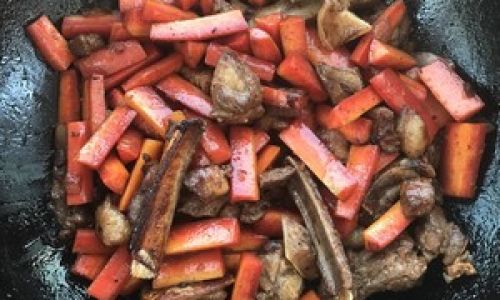
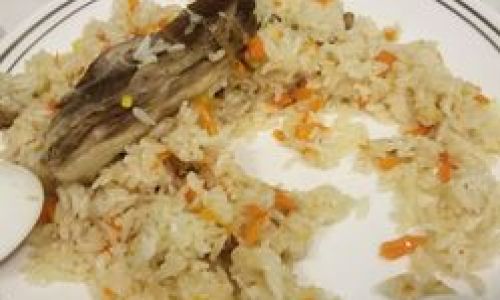
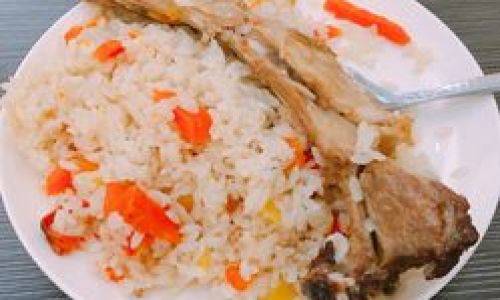
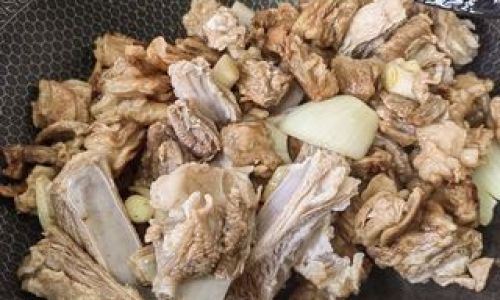
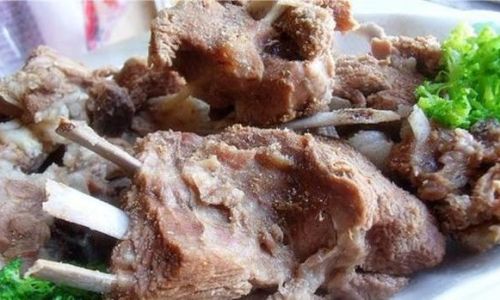
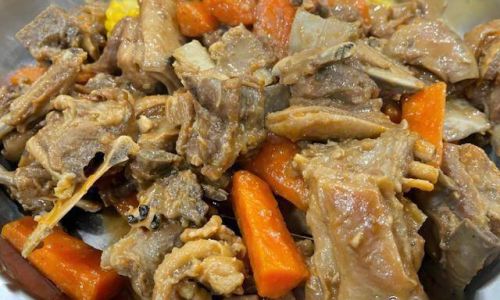
0 comments